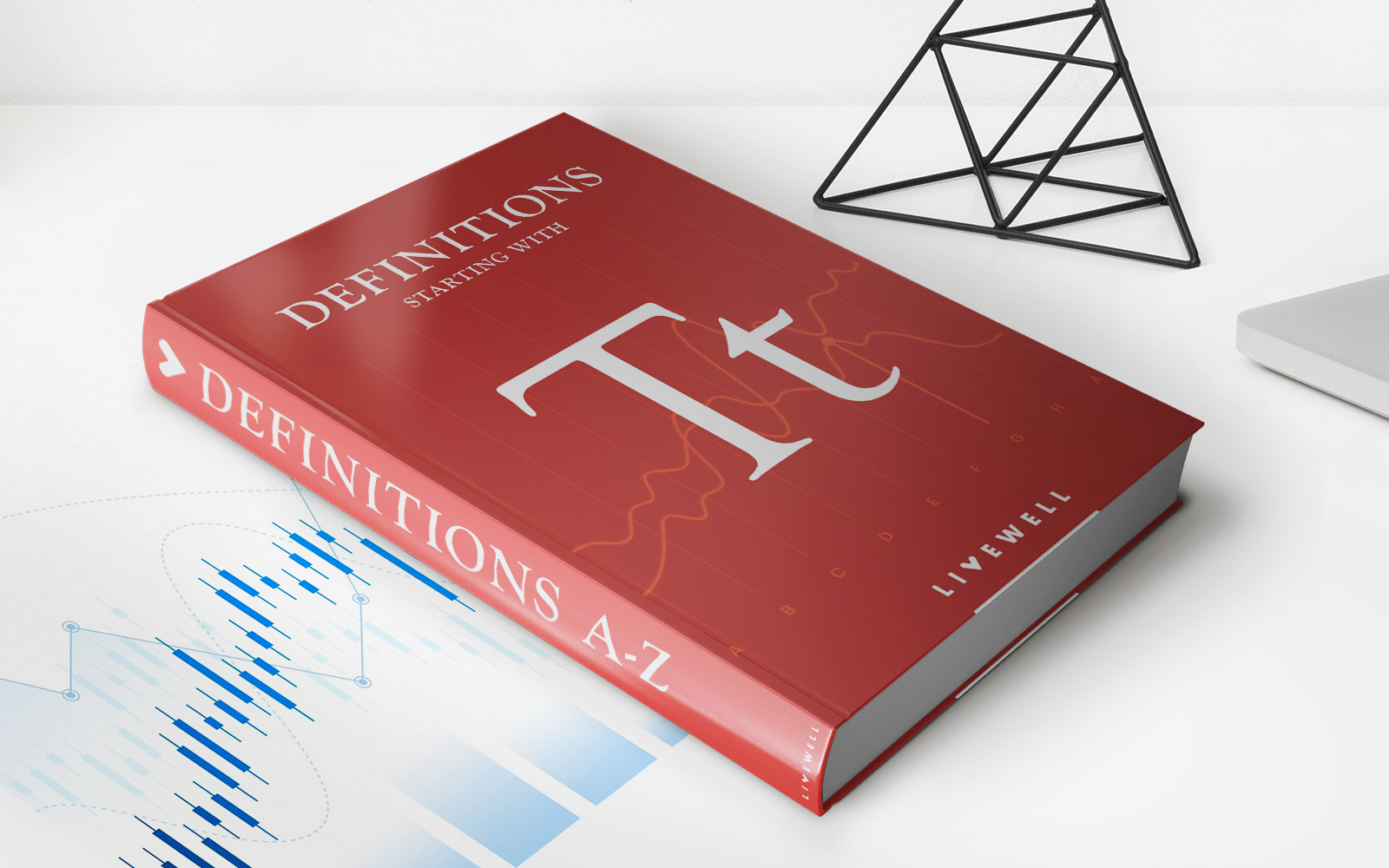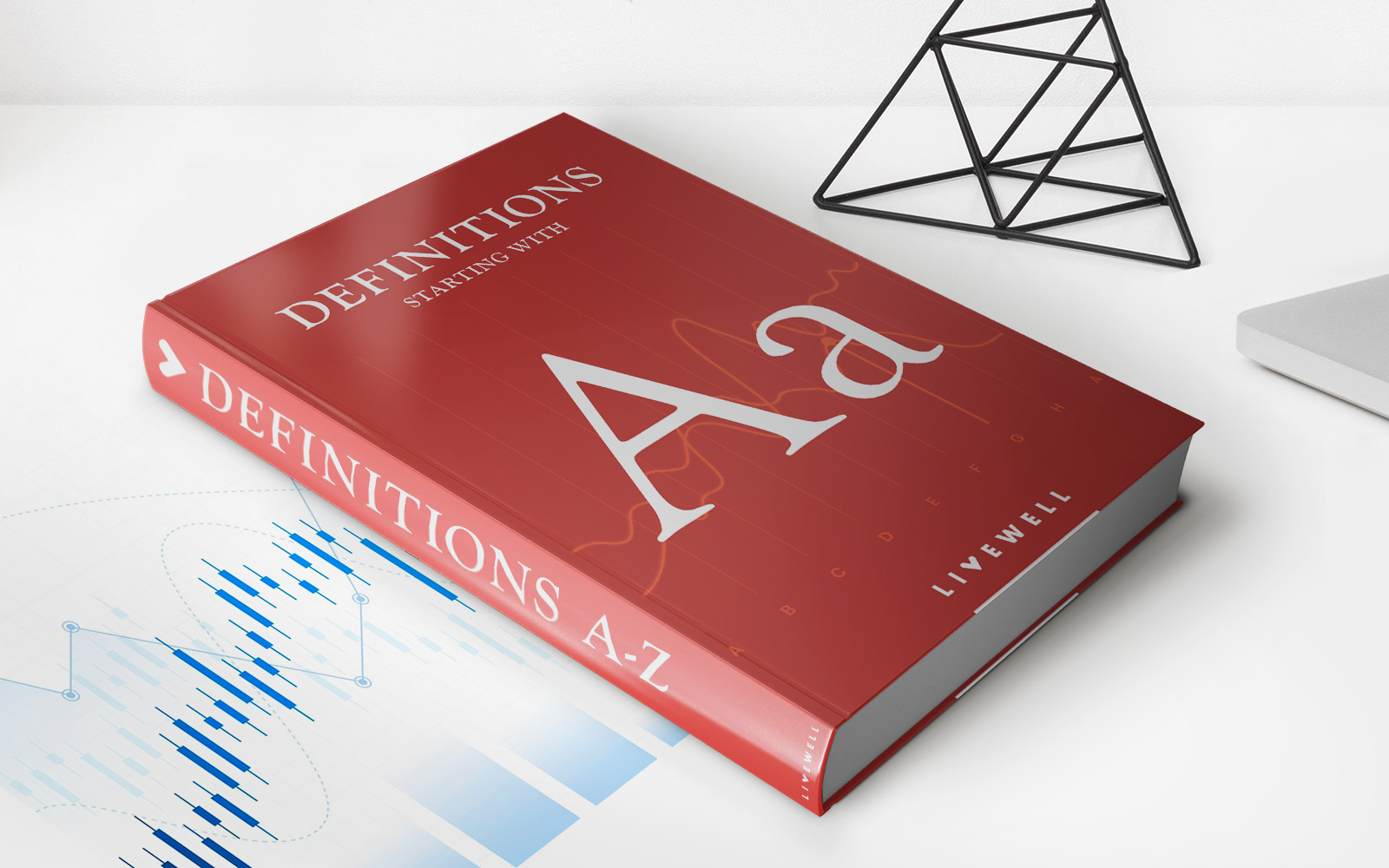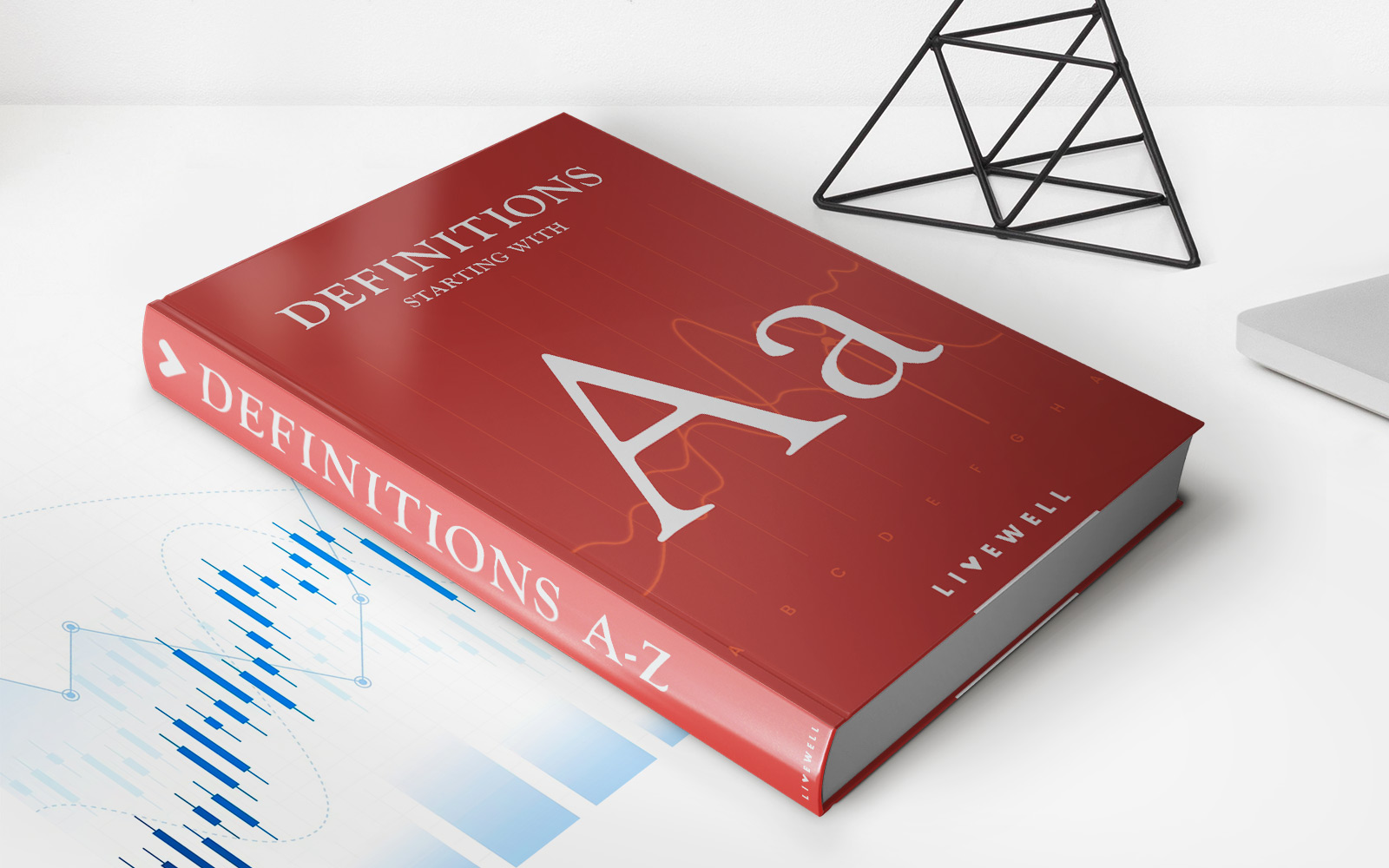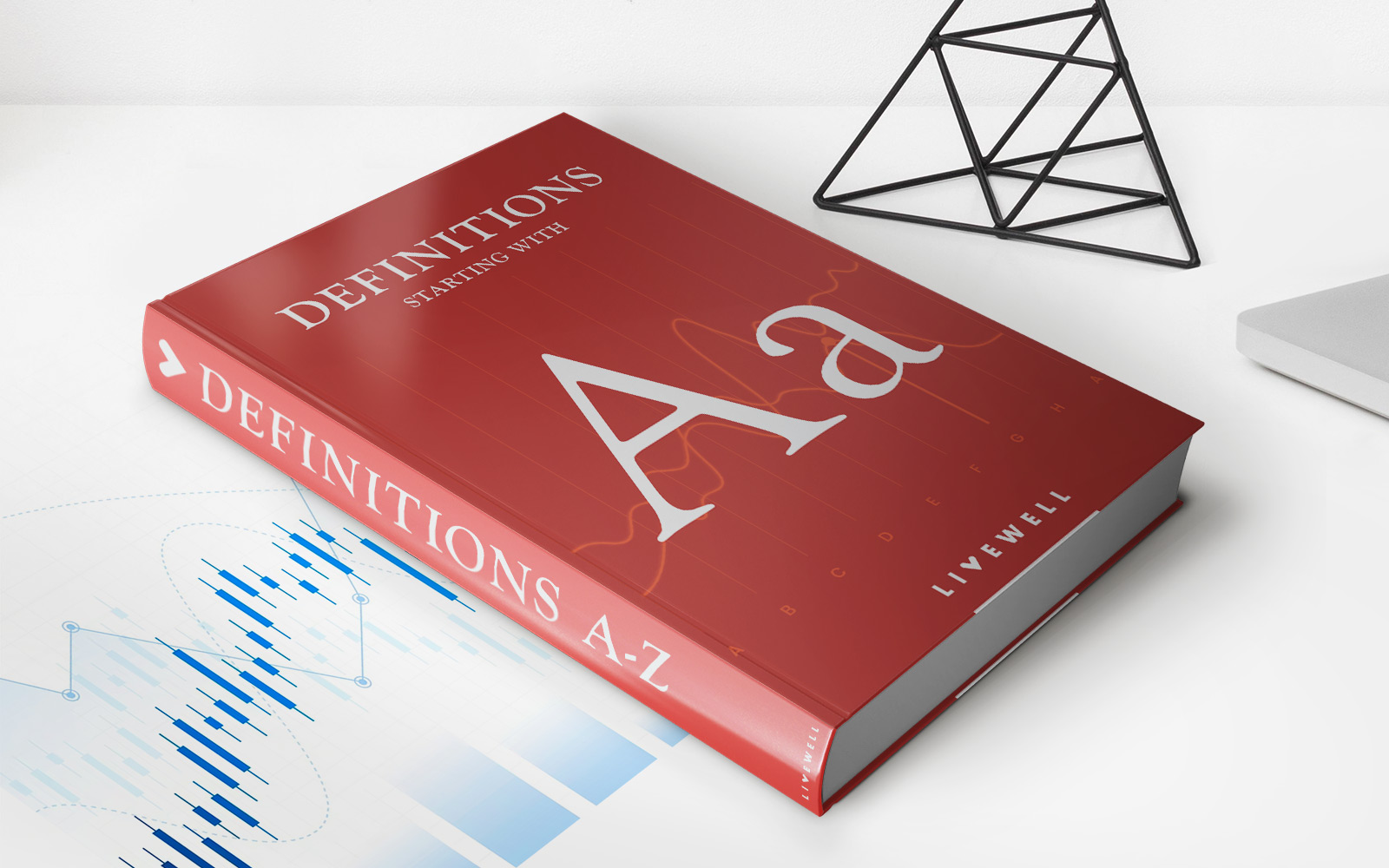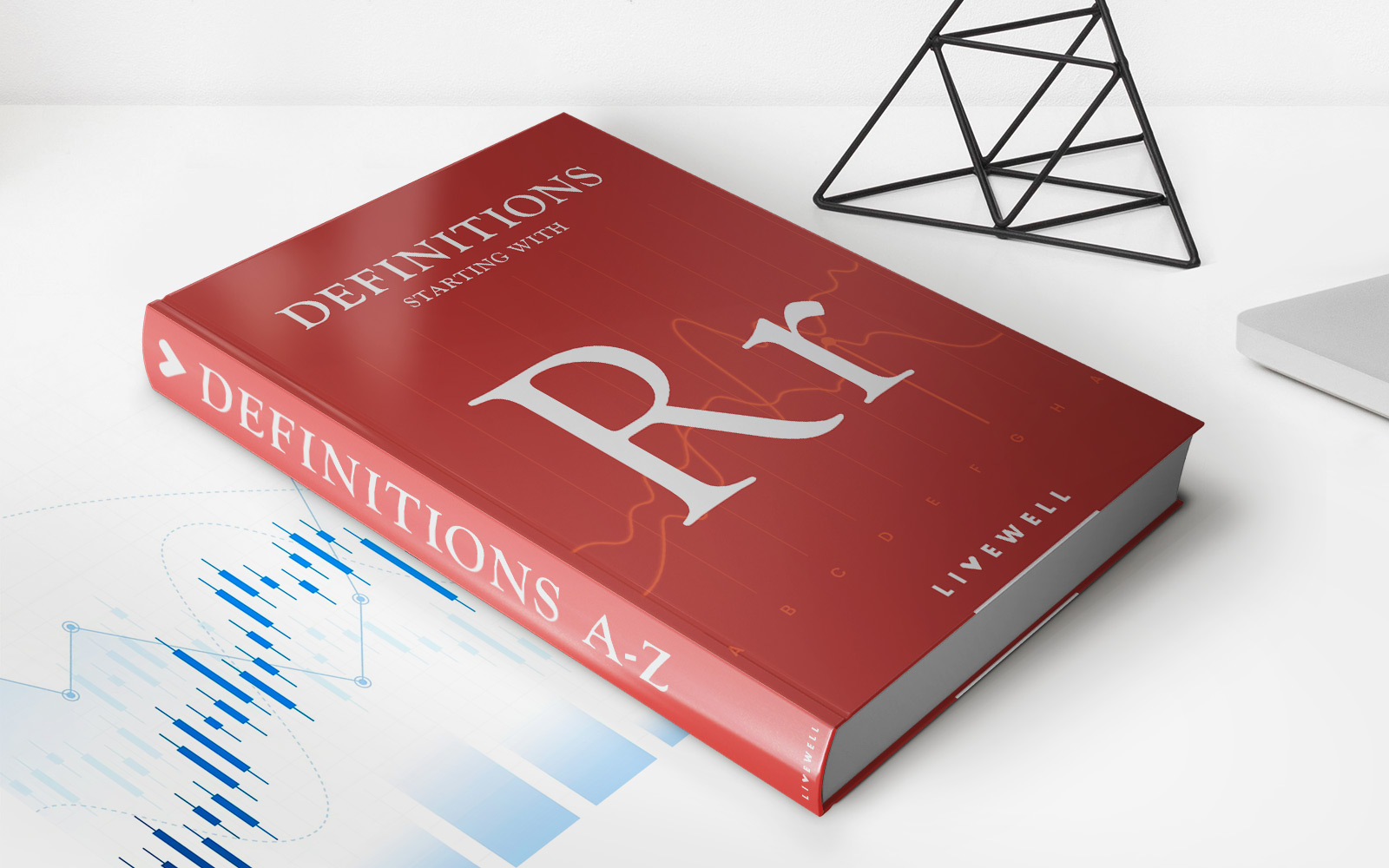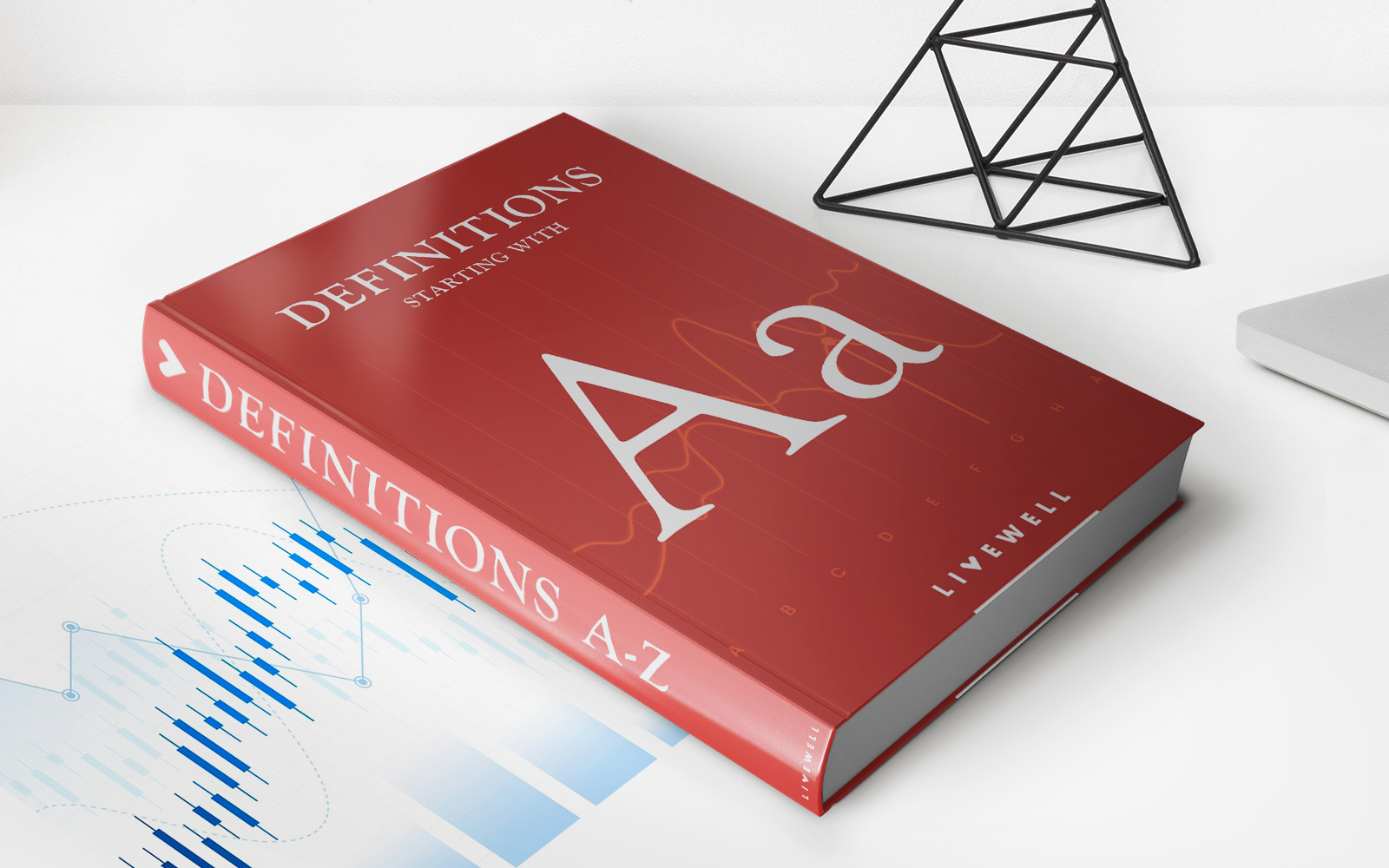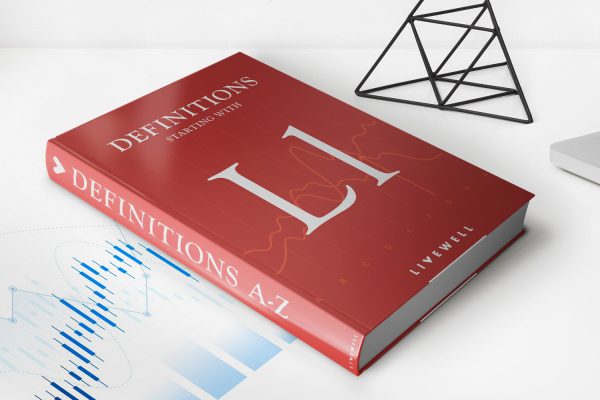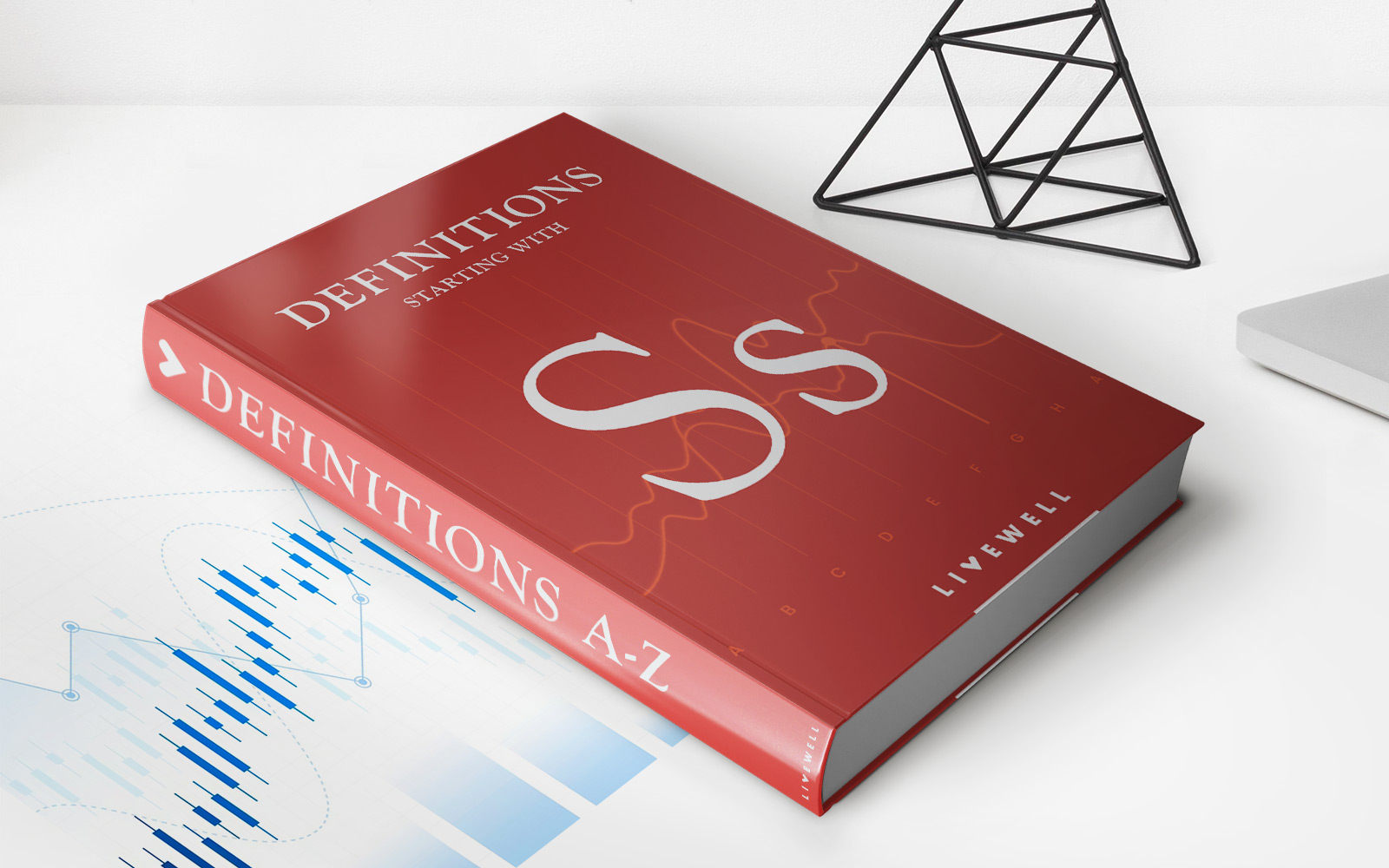Home>Finance>Liability: Definition, Types, Example, And Assets Vs. Liabilities
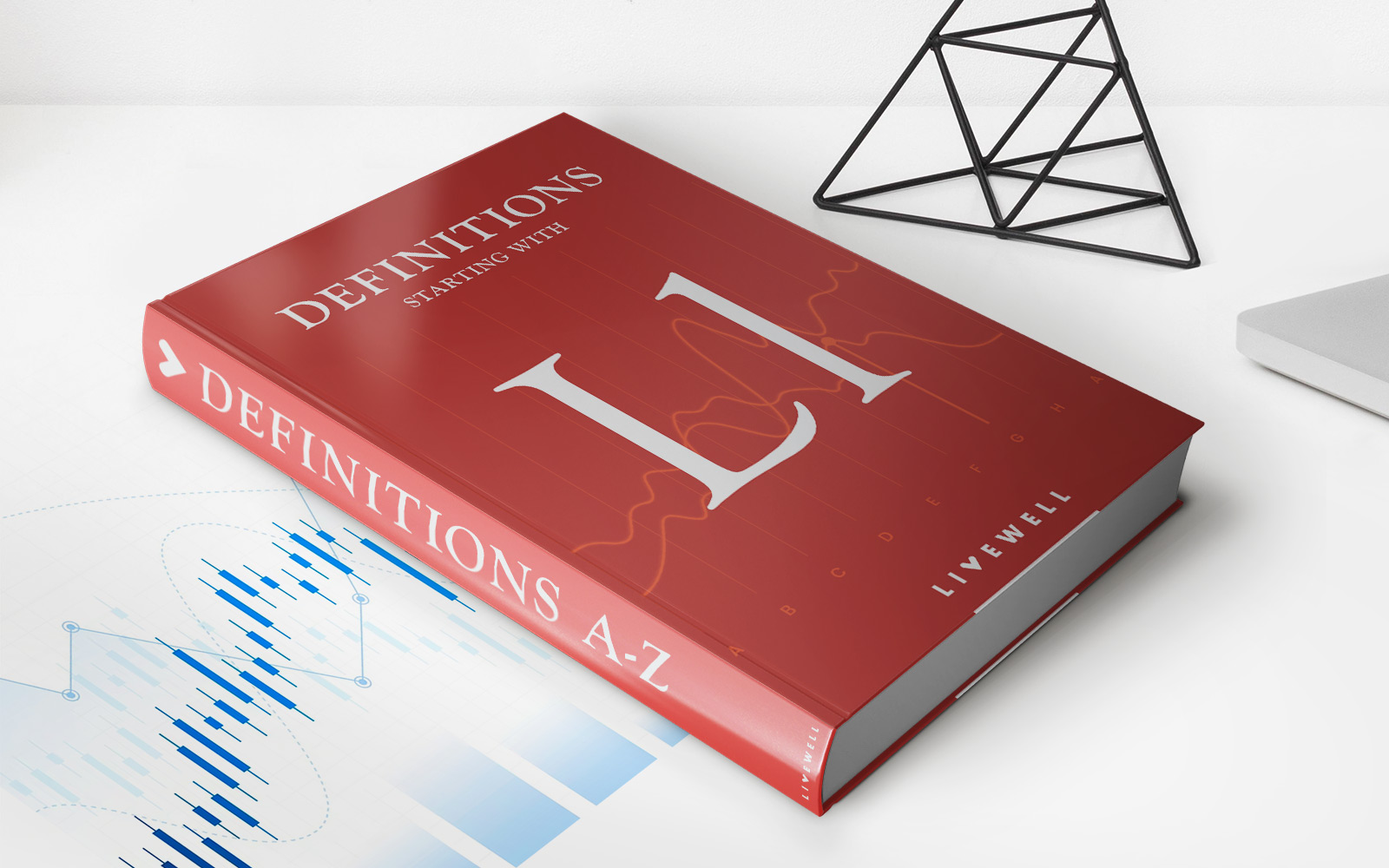

Finance
Liability: Definition, Types, Example, And Assets Vs. Liabilities
Published: December 17, 2023
Discover the definition, types, and examples of liabilities in finance and learn about the distinction between assets and liabilities.
(Many of the links in this article redirect to a specific reviewed product. Your purchase of these products through affiliate links helps to generate commission for LiveWell, at no extra cost. Learn more)
Understanding Liability: Definition, Types, Example, and Assets vs. Liabilities
Welcome to our finance category, where we dive into various topics related to managing your money and building wealth. In today’s post, we will focus on liability—defining what it is, exploring different types of liabilities, providing examples, and discussing the key differences between assets and liabilities. Whether you’re a financial expert or just starting on your financial journey, this article aims to offer valuable insights into the world of liabilities.
Key Takeaways:
- Liabilities refer to the financial obligations or debts that a person or entity owes to others.
- The types of liabilities include long-term liabilities, short-term liabilities, and contingent liabilities.
Defining Liability
Liability, in financial terms, refers to the obligations or debts that an individual, business, or entity owes to someone else. It represents the amount of money that must be repaid or fulfilled. Understanding liabilities is crucial in evaluating an individual’s or company’s financial health, as it directly affects their ability to fulfill their obligations and generate wealth.
Types of Liabilities
Liabilities can be divided into various categories, depending on their nature and duration. Here are a few common types:
- Long-Term Liabilities: These are debts or obligations that are due in more than one year from the current date. Examples of long-term liabilities include mortgages, long-term loans, and bonds.
- Short-Term Liabilities: These are debts or obligations that are due within one year from the current date. Examples of short-term liabilities include credit card debt, accounts payable, and short-term loans.
- Contingent Liabilities: These are potential obligations that may arise in the future if certain events occur. Examples include guarantees, warranties, or pending legal cases.
Example of Liabilities
Let’s consider a hypothetical scenario to understand how liabilities work. Imagine you own a small business and have taken out a long-term loan of $50,000 to purchase equipment. In this case:
- Long-Term Liability: The loan amount of $50,000 is a long-term liability, as it will be repaid over a duration of several years.
- Short-Term Liability: If you owe $5,000 to your suppliers and plan to pay it within a year, it would be classified as a short-term liability.
- Contingent Liability: If your business is facing a legal case that may require payment of damages, it would be considered a contingent liability until the resolution of the case.
Assets vs. Liabilities
Differentiating between assets and liabilities is essential in understanding one’s overall financial position. While liabilities represent debts and obligations, assets refer to the resources owned by an individual or business that hold economic value. In simple terms:
- Assets are things you own that have value, such as cash, property, investments, or inventory.
- Liabilities are the debts or obligations you owe to others.
It’s important to note that while liabilities represent a financial burden, assets can offset those liabilities. A positive difference between your assets and liabilities indicates a stronger financial position, whereas a negative difference represents a financial imbalance.
In conclusion, understanding liabilities is crucial for individuals and businesses alike when assessing their financial well-being. By identifying and managing liabilities effectively, one can work towards financial stability and build a secure future. So, take charge of your finances, evaluate your liabilities, and strive for a balanced asset-liability equation.
